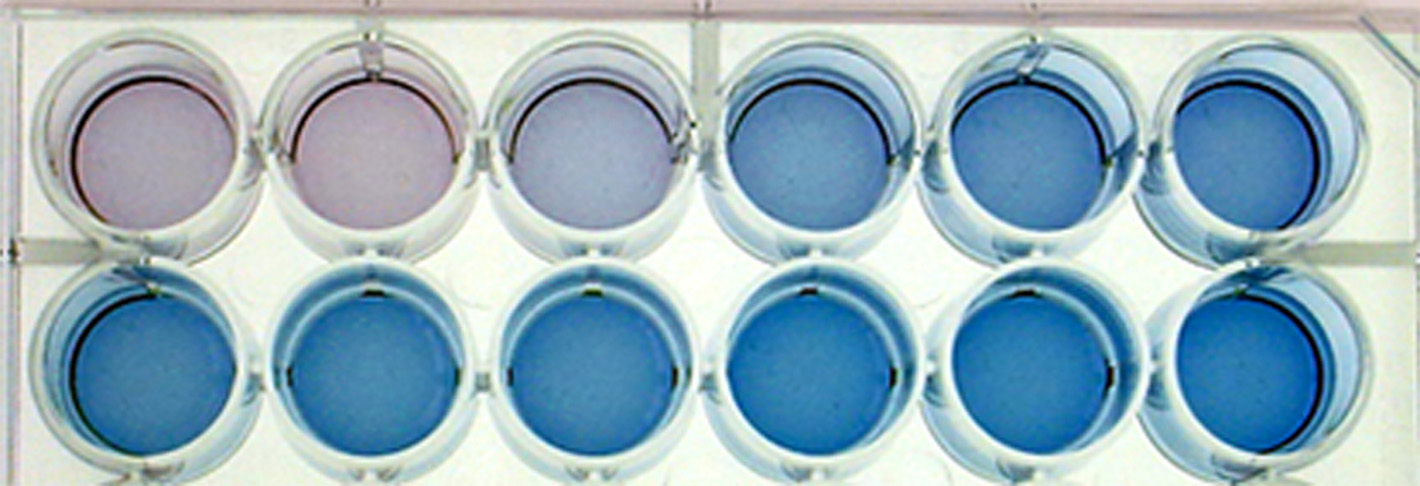Human immune system in a test tube
Surgical instruments or implants that are contaminated with residual bacteria, or pyrogens, can cause blood poisoning in patients. Researchers are developing a test that imitates the human immune system in the laboratory, eliminating the need for animal experiments.

Endoscopes and catheters are often recycled after use in a surgical operation. Various tests ensure that the devices do not jeopardize patients’ health. They must be sterile, i.e. free of living bacteria, and must not have any pyrogens attached to them. These are fever-inducing residues of fungi or bacteria which can cause blood poisoning if they enter a patient’s bloodstream.
There are currently three different methods of detecting pyrogens. One is animal testing on rabbits, which is controversial and also expensive. Another involves tests on whole human blood: If pyrogens are added, the immune cells secrete fever-inducing substances that can be detected in the laboratory. The problem with this test is that it requires a healthy blood donor and as fresh a blood sample as possible. A third possibility of tracing pyrogens is to use an extract from a horseshoe crab, which congeals as soon as fever-inducing substances are added. However, this test can only recognize one of the existing types of pyrogen.
Researchers at the Fraunhofer Institute for Interfacial Engineering and Biotechnology IGB in Stuttgart have now discovered a way around the drawbacks of the established tests. “We have emulated the human immune system in a cell culture,” says Dr. Steffen Rupp, private lecturer (PD) and project manager at the IGB. “We use a mammalian cell line, i.e. cells that can be multiplied for a very long time without dying. This eliminates the need for a human donor.” The researchers transfect the DNA of a pyrogen-detecting human receptor stable in the cells. The cells then form the receptor and position it as a kind of guard on their outer walls. But how do the researchers know whether the receptor has discovered a pyrogen? “This is revealed by a reporter gene, which triggers a change in color when the receptor catches a pyrogen,” says Rupp. A further advantage of this system is that it is considerably less expensive than the conventionally employed methods. It can already be used for one of the pyrogen types, and is thus comparable to the horseshoe-crab test. The researchers are now expanding the test so that it will be able to reliably detect the other pyrogens as well. “The system should be able to emulate the entire immune system in two to three years’ time,” Rupp estimates. The test could then be prepared, frozen and sent to the customers, who would not need a cell culture technology of their own.
 Fraunhofer Institute for Interfacial Engineering and Biotechnology IGB
Fraunhofer Institute for Interfacial Engineering and Biotechnology IGB